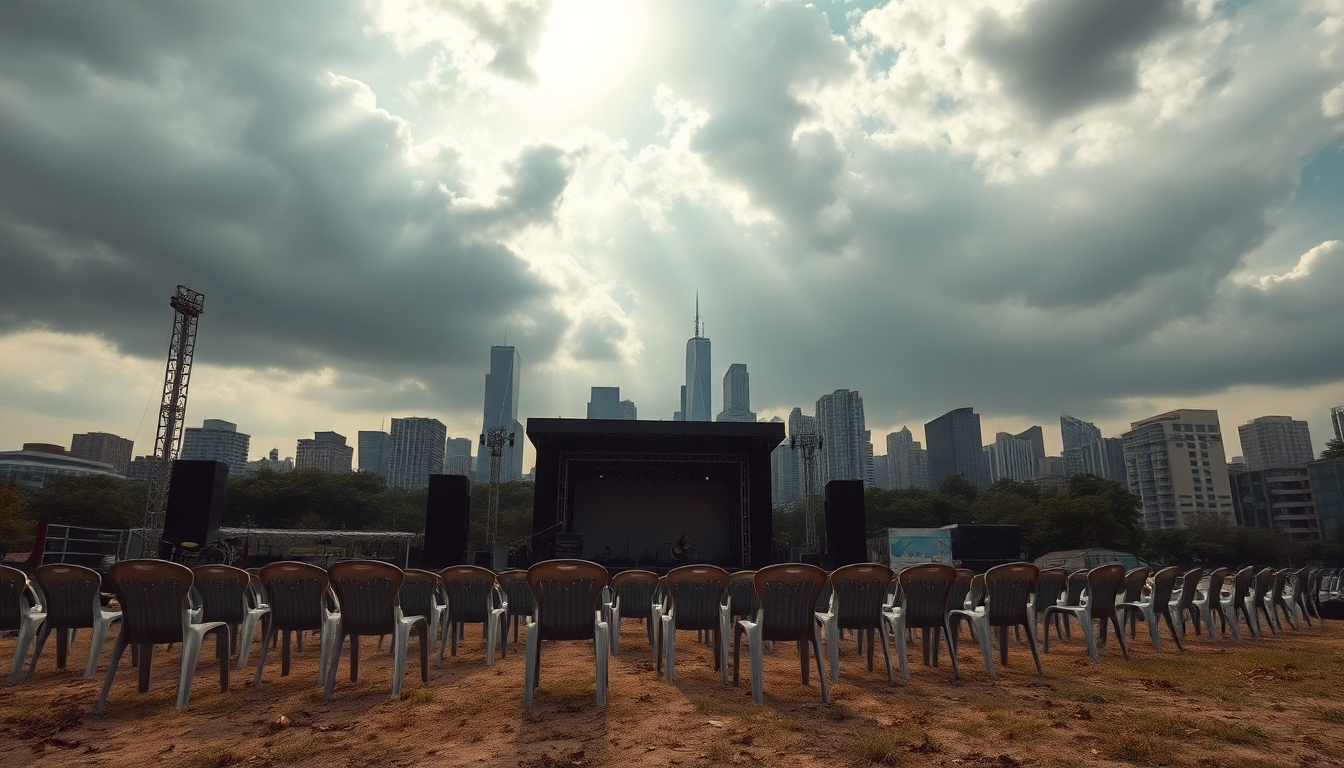Table of Contents
The music industry is no stranger to change, but lately, climate change has thrown a new curveball, affecting everything from tour schedules to the safety of artists and their fans. Just look at the recent cancellation of the Steve Miller Band’s 2025 North American tour. This isn’t just a reaction to a few bad weather days; it’s a wake-up call about the serious risks that come with our increasingly unpredictable climate. How will this shift the way we think about live performances? Let’s dive in.
Understanding the repercussions of climate change
Climate change has unleashed a range of extreme weather patterns—think intense heat waves, sudden floods, hurricanes, and wildfires. Each of these events doesn’t just threaten the safety of concert-goers; they also disrupt the logistical operations essential for staging large events. The Steve Miller Band’s recent decision to cancel their tour highlights this issue. They pointed directly to these unpredictable conditions as a key reason behind their choice. It’s becoming clear that the safety of the audience, crew, and artists cannot be compromised.
For musicians and promoters, the implications are huge. Adapting to a shifting climate could lead to rising costs, as venues may need to beef up their infrastructure to handle extreme weather. And let’s not forget about insurance policies, which might change to cover these new risks, potentially driving up premiums. This could put upward pressure on ticket prices and impact profitability. As the industry grapples with these realities, we might need to rethink the long-term viability of outdoor concerts altogether.
The evolving landscape of live music
The cancellation of the Steve Miller Band’s tour isn’t an isolated incident; it marks a pivotal moment in the evolution of live music. As the industry adapts, there’s a noticeable shift towards indoor venues that offer more controlled environments. But at what cost? This change could mean losing the magical atmosphere that outdoor festivals provide. Who doesn’t love enjoying music under the stars, after all?
Plus, there’s a shift happening in the demographics of concert-goers. Younger audiences are more environmentally conscious and may start to prioritize sustainability in their entertainment choices. This could create a growing demand for eco-friendly practices in concert planning, from reducing waste to utilizing renewable energy sources. Will the next generation of music fans push for greener events?
Looking ahead: The future of live events
As we look forward, the music industry must remain resilient and innovative. While the prospect of another tour for artists like Steve Miller might seem bleak, it also opens the door to new ways of engaging with fans. Imagine virtual performances and hybrid events that blend live and digital elements—these could become the new norm, allowing artists to connect with audiences without the risks tied to traditional tours.
Ultimately, the conversation around climate change goes beyond just immediate impacts. It’s a rallying cry for the entire music industry to reassess how live events are organized. By embracing sustainable practices and adapting to these new realities, the music world can create a future where art and environmental stewardship go hand in hand. As we navigate these challenges together, collaboration among artists, promoters, and fans will be essential in shaping a resilient music landscape. Are you ready to be part of this change?


